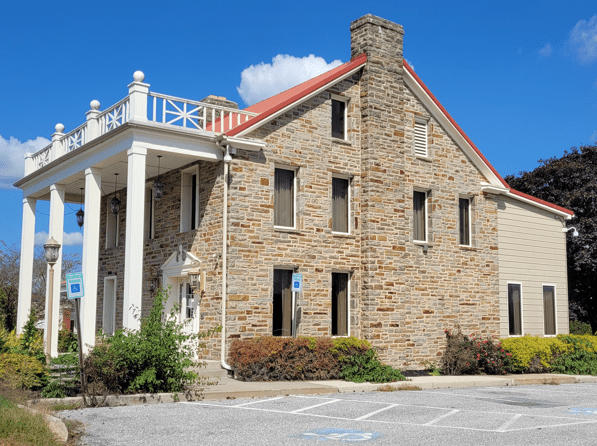Ben29
Structural
- Aug 7, 2014
- 326
I am seeking advice on whether or not I should take this on. I have done bracing for tilt-wall panels in the past, so I understand the basics.
I was asked to engineer a bracing and shoring scheme to brace existing stone facade (about 8 inch thick) during renovation of existing (small) building. This is a wood-framed structure with basement. Built circa 1900. Stone facade was added circa 1950's (assumed).
The new owner plans to:
1)demo the existing 1st and 2nd floor.
2)Infill the basement.
3)Pour SOG at 1st floor elevation.
4)Keep the attic and roof framing.
5)Install new wall framing (and/or structural steel framing) as needed to support the existing attic flooring and existing stone facade.
My proposal states that they must hire a 3rd party engineer to design the facade bracing. The architect came back and told me the owner wouldn't want to do that. And he asked if I could do the bracing myself.

I was asked to engineer a bracing and shoring scheme to brace existing stone facade (about 8 inch thick) during renovation of existing (small) building. This is a wood-framed structure with basement. Built circa 1900. Stone facade was added circa 1950's (assumed).
The new owner plans to:
1)demo the existing 1st and 2nd floor.
2)Infill the basement.
3)Pour SOG at 1st floor elevation.
4)Keep the attic and roof framing.
5)Install new wall framing (and/or structural steel framing) as needed to support the existing attic flooring and existing stone facade.
My proposal states that they must hire a 3rd party engineer to design the facade bracing. The architect came back and told me the owner wouldn't want to do that. And he asked if I could do the bracing myself.

